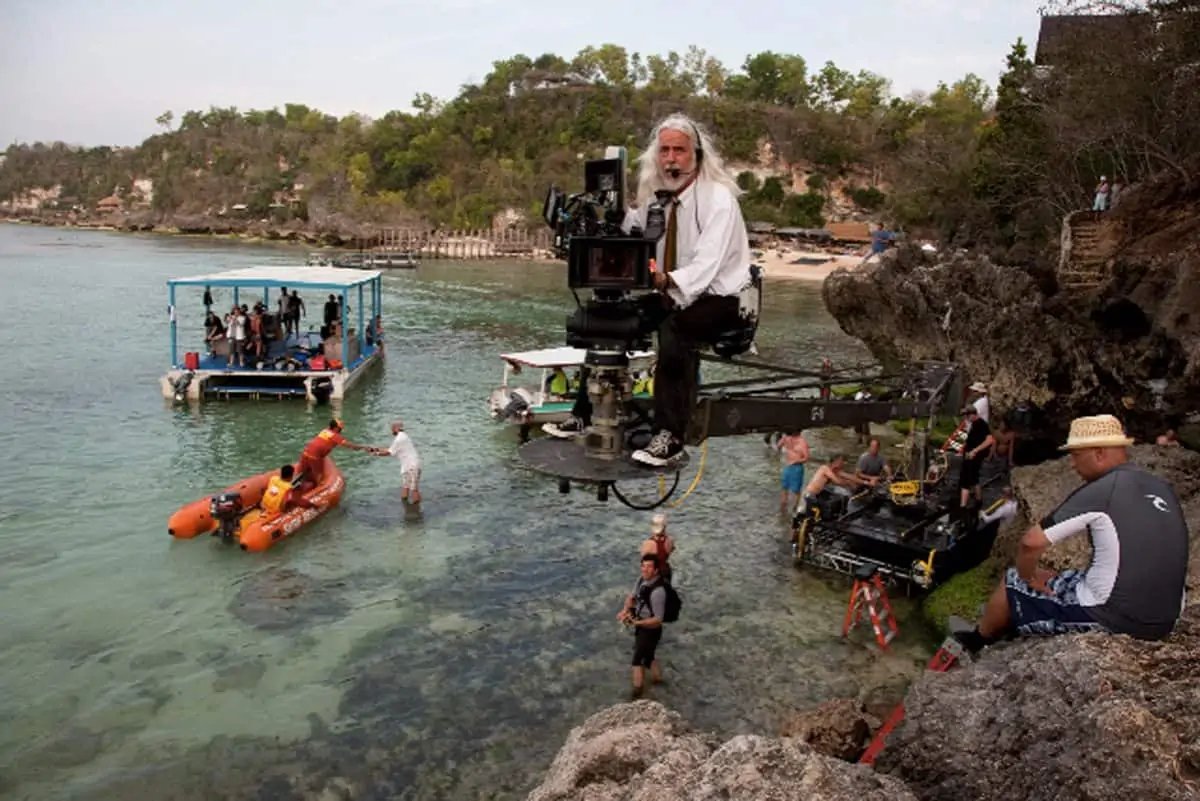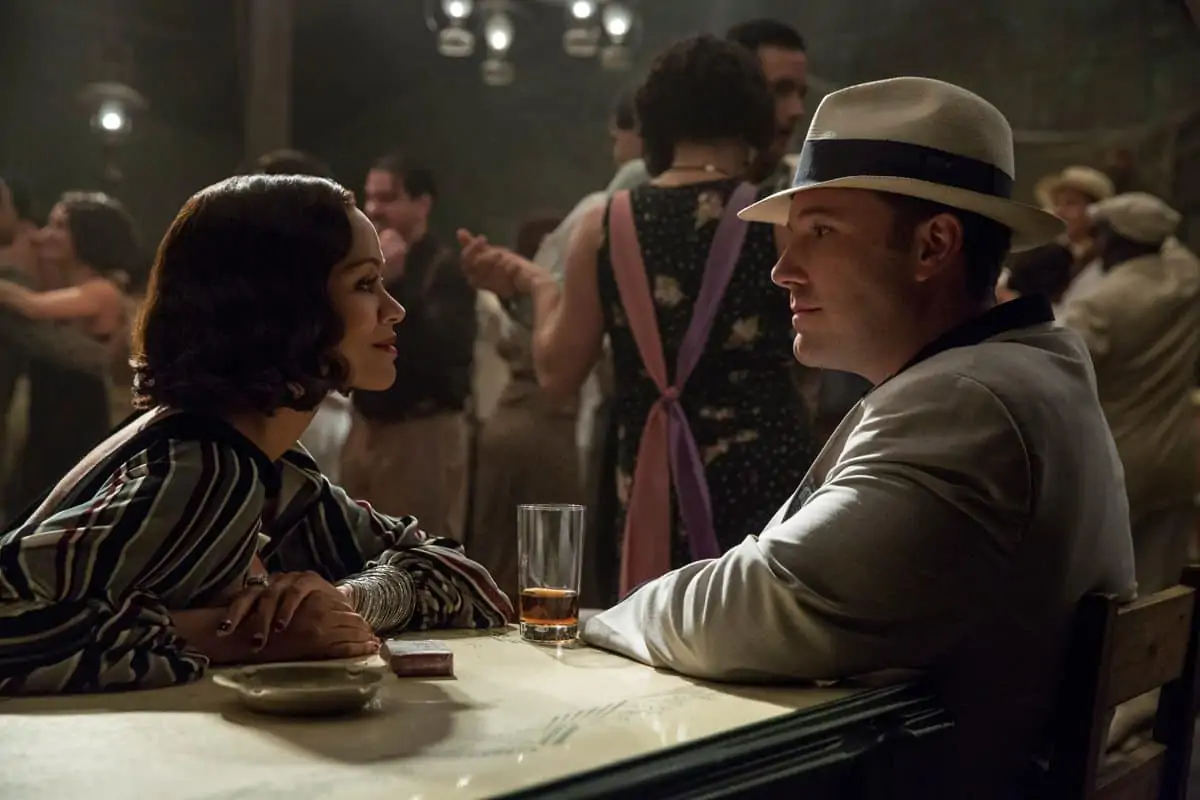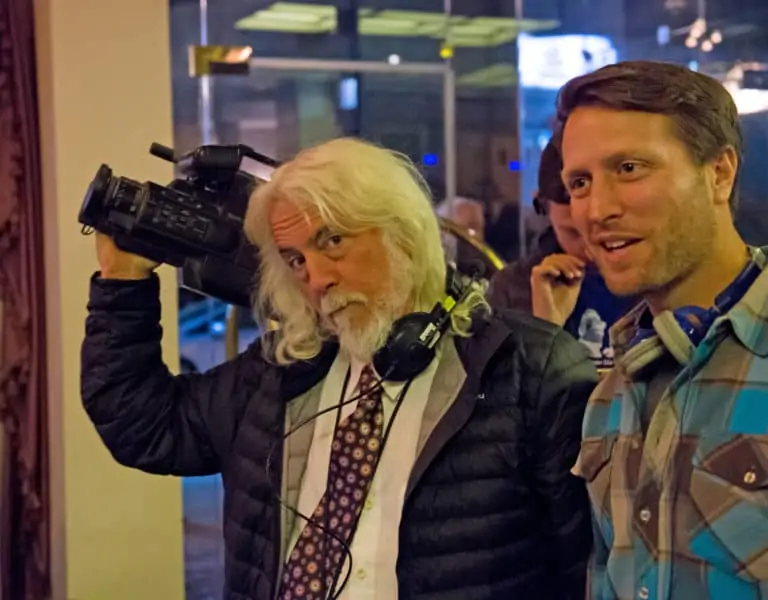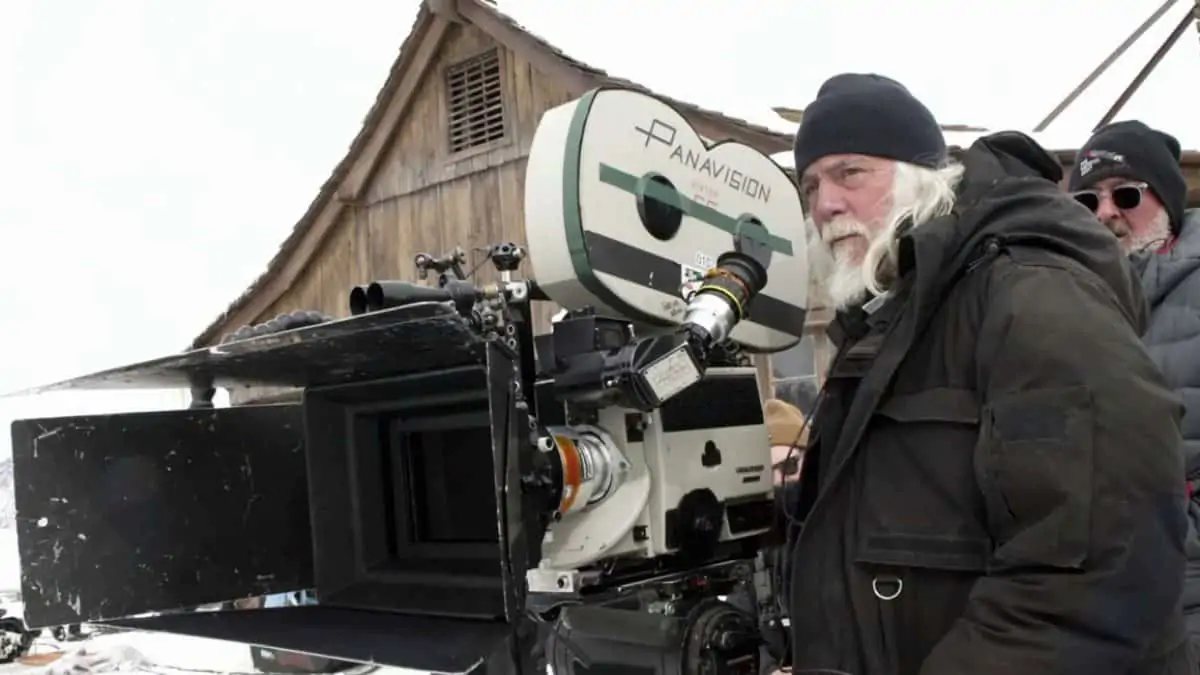Through the past darkly
Robert Richardson ASC / Django Unchained
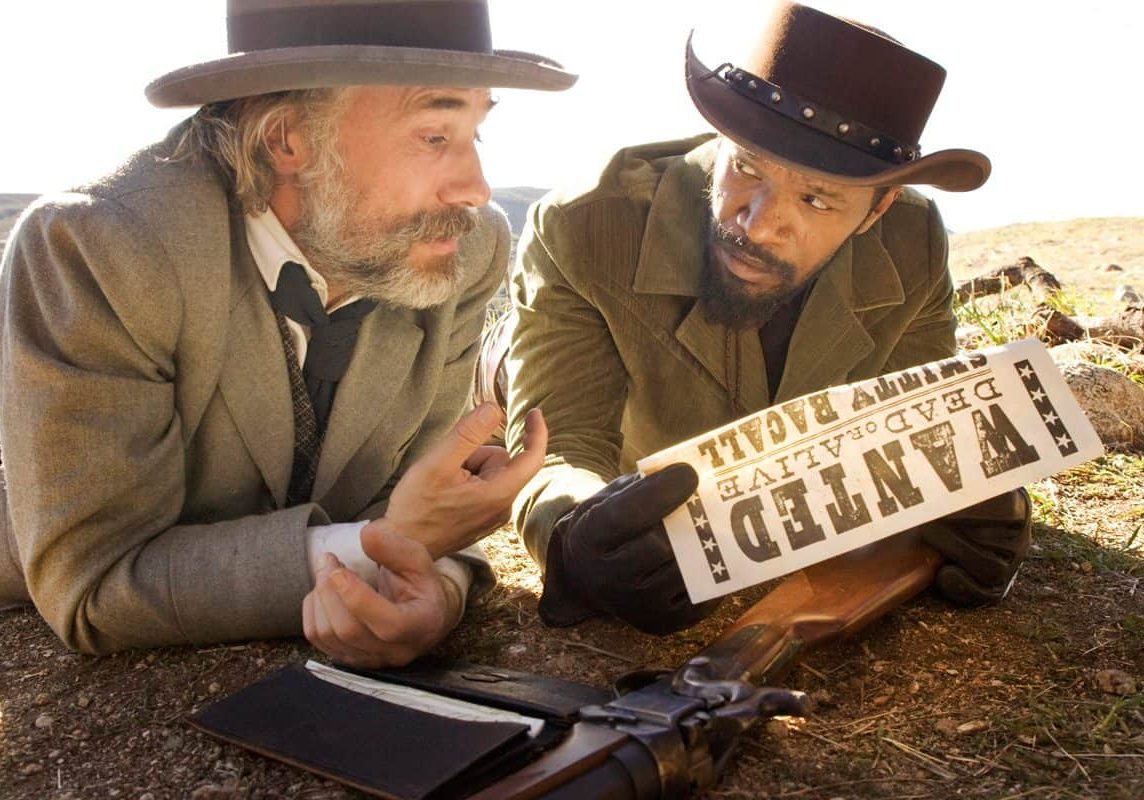
Through the past darkly
Robert Richardson ASC / Django Unchained
BY: Bob Fisher
Django Unchained is a literal title of a new co-venture by Robert Richardson ASC and director Quentin Tarantino, who also wrote the script. The film was produced by The Weinstein Company for distribution by Columbia Pictures, writes Bob Fisher.
The movie takes audiences on a journey 150 years back in time, to a dark period in American history, when slavery was legal and considered normal human behaviour in the southern United States. Django is the name of a male slave on a plantation in Texas who is purchased and freed by a man called King Schultz.
The man who frees Django is a former dentist on a mission to confront a gang of bandits known as the Brittle Brothers. He teaches Django how to use a gun and makes him his deputy bounty hunter. Django convinces Schultz to take a detour to Mississippi and help him rescue his wife who is the slave of a brutal plantation owner.
Django Unchained was the fourth collaboration for Richardson and Tarantino. It follows in the wake of Kill Bill: Vol 1 in 2003, Kill Bill: Volume 2 in 2004 and Inglorious Basterds in 2009. Tarantino earned Academy Award nominations for all three films. Richardson was nominated for Inglorious Basterds. The cast includes Jamie Foxx as Django, Christoph Waltz as Schultz, Kerry Washington as the wife and Leonardo DiCaprio as the plantation owner.
It is standard practice for Tarantino to choose a broad array of films that the cast, cinematographer and other members of his production team watch together while thinking about, and discussing, the right visual grammar during pre-production planning.
He chose a few dozen movies from the bodies of work of Sergio Corbucci, Lucio Fulci, Dario Argento, Mario Bava, Max Ophuls and William Friedkin. It’s an eclectic list, beginning with four Italians, Ophuls was German and Friedkin is an American. A short list of the films that Tarantino and Richardson watched includes The Reckless Moment shot by Burnett Guffey ASC in 1949, Navajo Joe shot by Silvano Ippoliti in 1966, and Rolling Thunder shot by Jordan Cronenweth ASC in 1977.
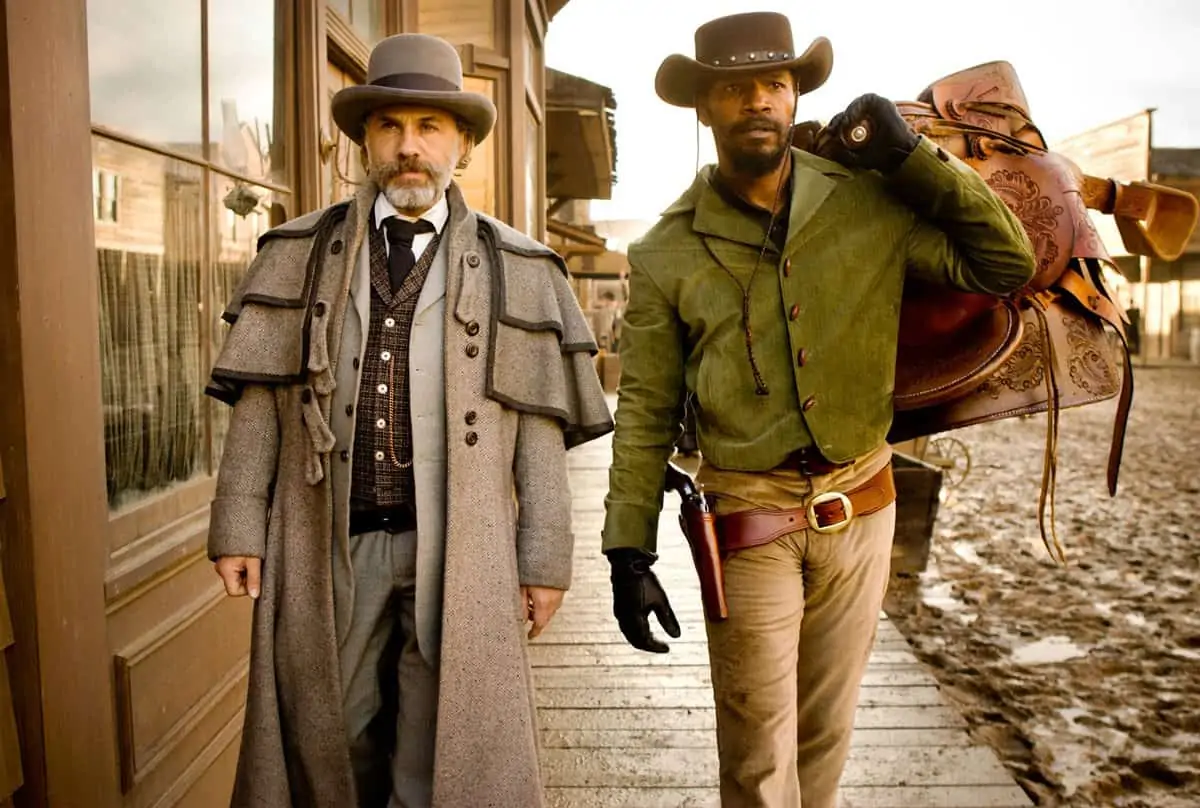
Richardson brought a deep pool of diverse experience to Django Unchained. He earned a master of fine arts degree at the American Film Institute, and shot the documentaries El Salvador for PBS and God’s Peace for BBC in 1984. The PBS documentary inspired Oliver Stone to recruit Richardson to collaborate with him on the production of Salvador followed by Platoon.
Richardson earned Academy Award and British Academy of Film and Television Arts nominations for Platoon in 1986. He had 36 longform narrative film credits when this issue went to press. Richardson won Oscars for JFK in 1991, The Aviator in 2004 and Hugo in 2011. There were other Academy Award nominations for Born On The Fourth Of July in 1989, Snow Falling On Cedars in 1999 and Inglorious Basterds in 2009.
Richardson and Vittorio Storaro AIC ASC are the only living cinematographers who have earned three Oscars. Richardson’s peers in the BSC nominated him for best cinematography awards for The Horse Whisperer in 1998 and for Hugo. He also earned BAFTA nominations for The Aviator, Inglourious Basterds and Hugo.
“The only path to creating a great film is supporting the director,” Richardson emphasises. “It was Quentin’s vision that we were recording on film.”
The collaborative process began with Richardson reading Tarantino’s script, discussing the story and exchanging ideas with him. They agreed on a visual grammar and how to create it within the boundaries of the budget and schedule.
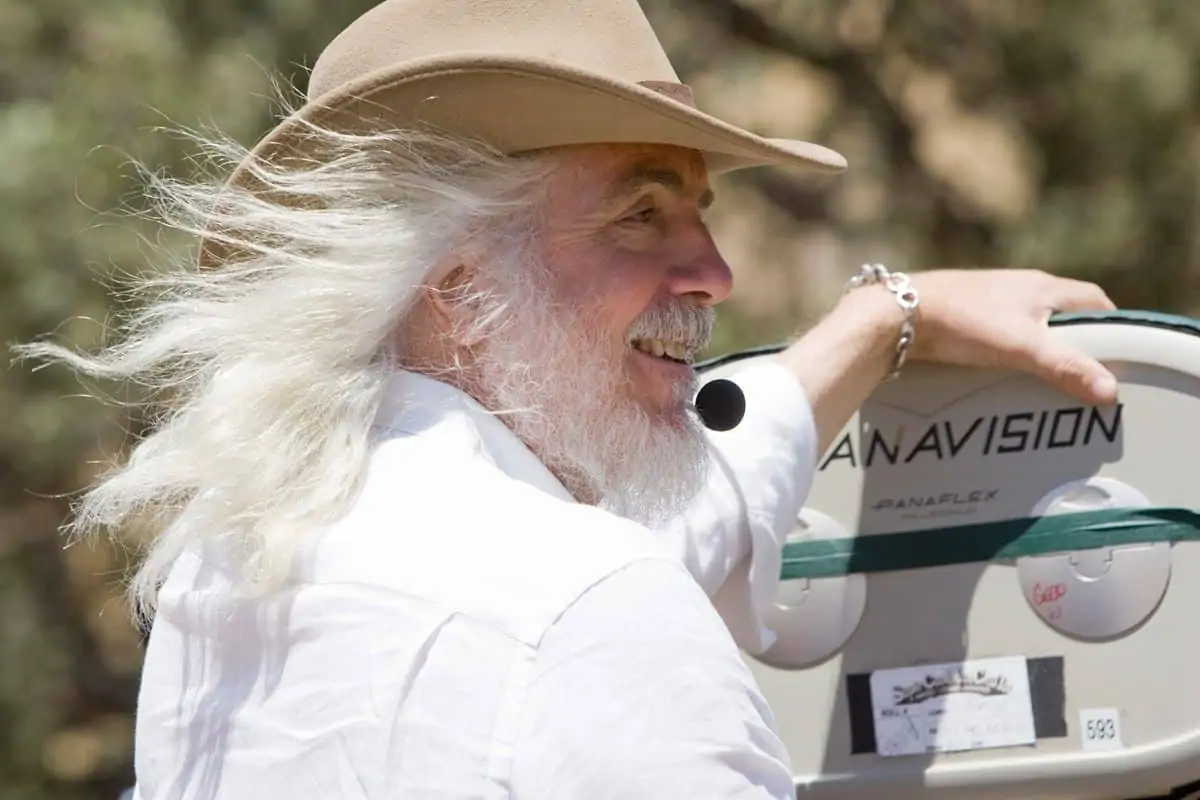
Django Unchained takes place during a time in history when light was motivated by the sun, moon, fires, lanterns and candles. Richardson and Tarantino agreed that composing images in 35mm anamorphic format, in 2.4:1 aspect ratio, was right for Django Unchained, because places where it is unfolding are like characters in the story.
Tarantino, Richardson and production designer J. Michael Riva, watched 35mm prints of The Exile and Letters From An Unknown Woman together during pre-production planning. Both films were produced during the 1940s.
During and following those screenings, they discussed ideas for the design of sets, including the use of sunlight and moonlight coming through windows, firelight and candles in the interior of the mansion. Those scenes were filmed on sets at Second Line Stages in New Orleans. The art department also constructed a 90-foot wide and 45-foot high façade, which convincingly served as the exterior of the mansion.
Django Unchained was produced in 120 days at practical locations in New Orleans, Jackson Hole, Wyoming, Lone Pine, Independence and Santa Clarita, California, the historic Evergreen Plantation in Louisiana and on sets at Second Line Stages. Richardson’s crew included gaffer Ian Kincaid, first assistant cameraman Greg Tavenner, key grip Chris Centrella and Steadicam operator Larry McConkey. All of them have collaborated regularly with him.
Panavision provided the camera package, including Panaflex bodies and the same Primo prime lenses that Richardson used on Inglorious Basterds. A 40 or 50mm Primo lens was generally on the camera, because Tarantino prefers wide focal lengths.
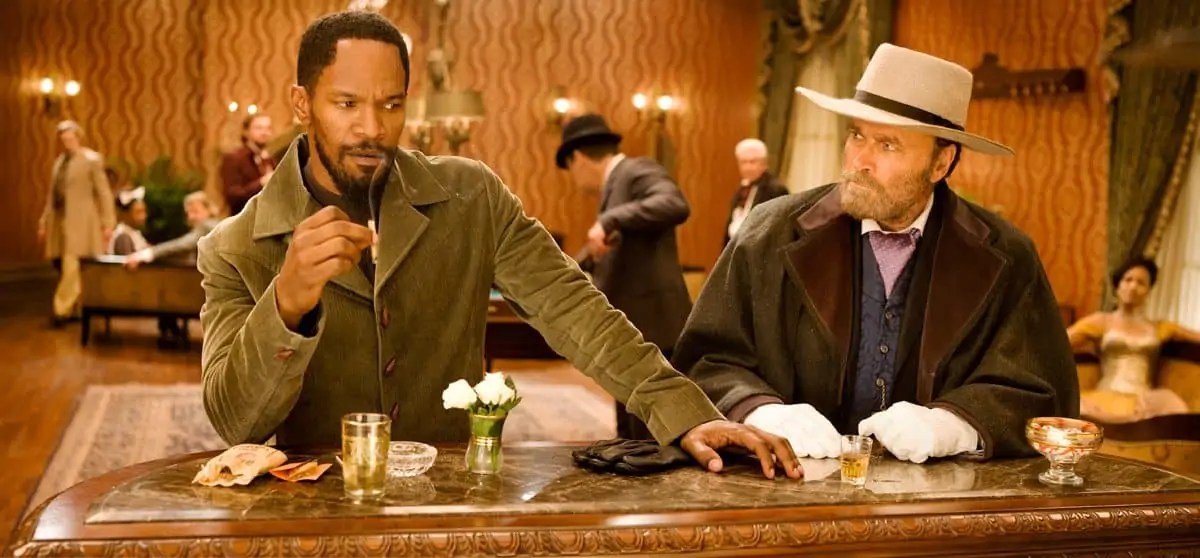
Richardson also had eight Panavision E-Series lenses available in configurations ranging from 28 to 180mm and Primo 48-550mm ALZ11 and 40-80mm AWZ2 zooms. He had different Kodak 3 colour negative films on his palette for covering interior and exterior scenes in different types of light.
Richardson and Tarantino agreed to use sweeping crane shots for both scenes in the mansion and exteriors. Tarantino typically rode the crane during rehearsals and told Richardson what he envisioned. Richardson rode the crane while the shot was being made. He wanted to see the scene from that perspective rather than on a monitor in a video village. Richardson discussed ideas with costume designer Sharon Davis and Riva. Sometimes his B-camera crew shot tests with different colours and textures of paint on new sets. The production and costume designers used the tests to guide decisions.
To put that into perspective, Tarantino was still revising the script when production began, and new actors were occasionally joining the cast. When Riva died mid-way through production, art director David Klassen stepped into the breach and completed production in both roles.
Richardson generally covered scenes with a single camera. An exception to that rule occurred when he used two cameras at different angles to cover action scenes.
“Use of zoom lenses was an aesthetic we embraced,” Richardson says. “There were times when Quentin envisioned how he wanted to cover zoom shots while the camera was moving on a dolly or crane. Othertimes, I pulled snap zoom shots by hand.”
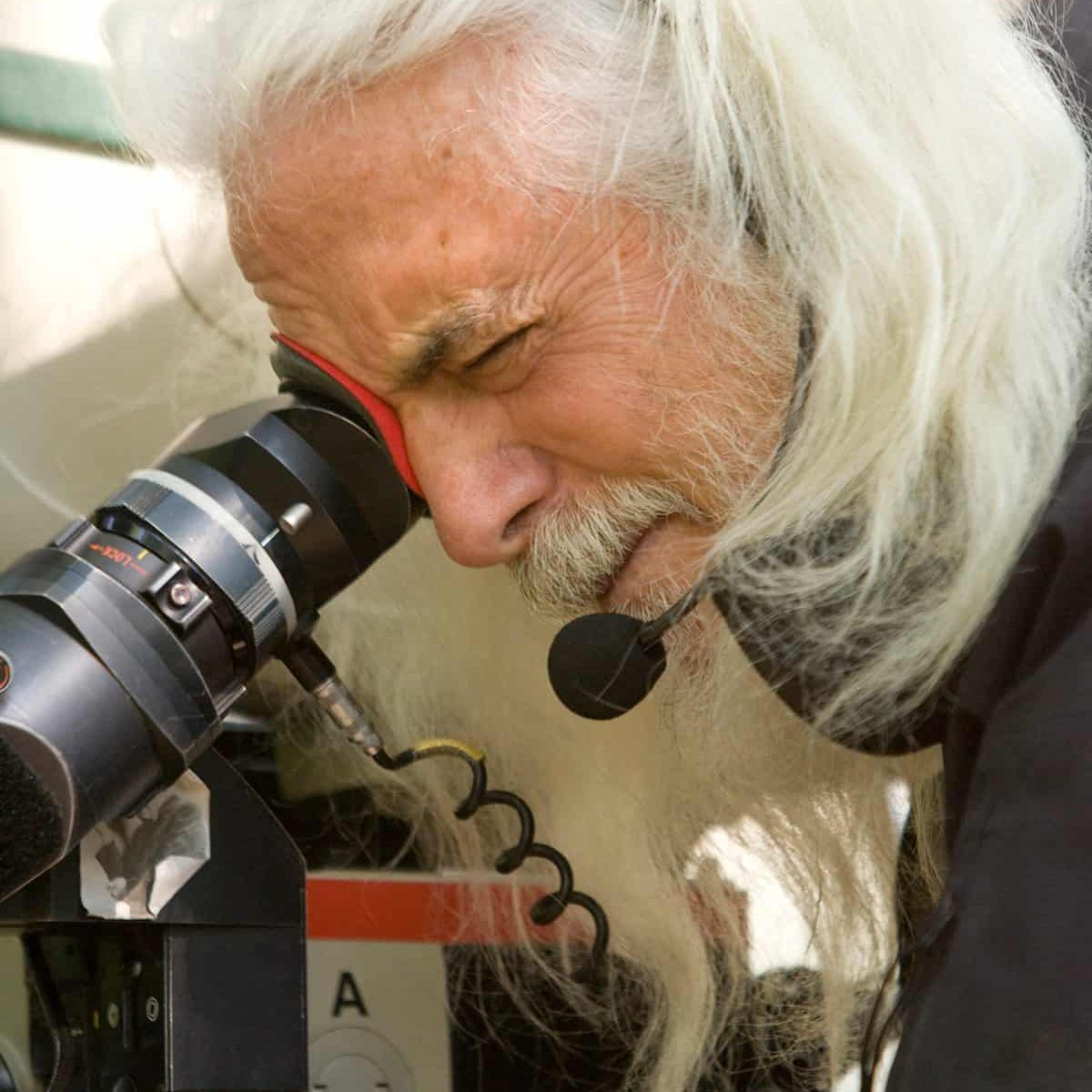
“The only path to creating a great film is supporting the director,It was Quentin’s vision that we were recording on film.”
- Robert Richardson ASC
The earlier scenes that take place in Texas were filmed in California. When Django joins Schultz as a bounty hunter, production moved to Wyoming. Scenes that take place in Mississippi were produced in an historic mansion and former slave quarters that have been maintained by the state government in Louisiana.
“Quentin knew exactly how he wanted to cover every scene,” Richardson says, “but he was open to improvising when we saw opportunities.”
Richardson shared memories of filming a scene in the mansion when Stephen, the character played by Samuel L. Jackson, walked from the kitchen through a swinging door into the dining room. Django, Schultz and three other people were seated at a table eating. Richardson was riding on the crane. He used the Primo zoom lens set at 80mm. Richardson zoomed back and followed Jackson to the head of the table. He continued tracking to the end of the room, swung around the far end of the table and zoomed in for a medium close-up of Stephen.
While that was happening Richardson has his gaffer bring the backlight behind Jackson’s head down and the backlight behind Django’s head up. Aided and abetted by his crew, he was literally painting with light.
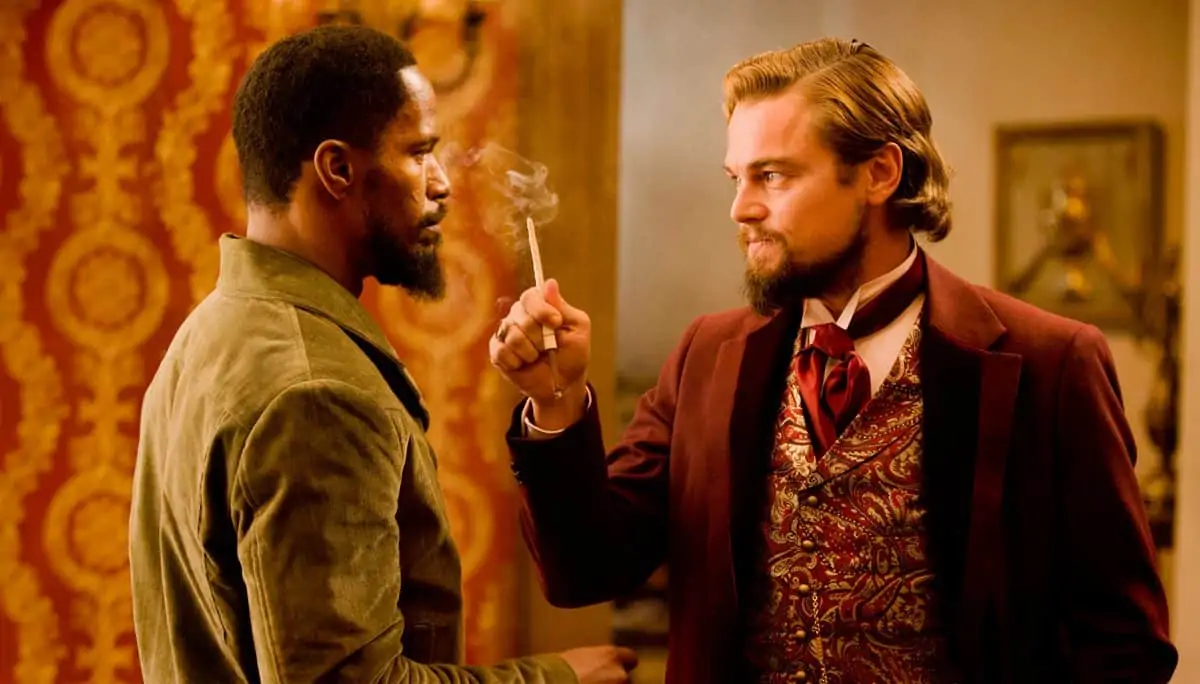
When Tarantino wanted a shot that wasn’t practical for a dolly or crane, Richardson called on McConkey to step into the breach with the camera on a Steadicam. There is a Steadicam shot following the slave master walking down the staircase in the mansion. When he got to the bottom, McConkey followed the slave master through a door onto a veranda and a lawn where men in the Brittle Brothers gang were waiting.
There are night exterior scenes on the ranch probing deep into landscapes in the background, where the moon is the only source of motivated light. Richardson generally had the zoom lens on the camera set at stop T-4.5 or T-5.6. He “pushed” the 500-speed Kodak Vision 3 5219 film one stop, which enables audiences to see a mile deep into the background.
“Use of the zoom lens in those situations was an aesthetic we embraced,” Richardson says.
There are nuanced differences between scenes that take place in Western and Southern states. The latter has a somewhat richer, more saturated look. It’s a difference that audiences feel on an emotional level in addition to seeing it on the screen.
“Quentin always knew exactly how he wanted to cover scenes,” Richardson said, “but he was willing to seize opportunities when unexpected things happened.”
When environments and moods called for relatively soft light, Richardson used Primo prime lenses. It was like choosing different paints on his palette.
The exposed negative was processed at Deluxe Laboratories in Los Angeles. The lab provided both film and digital dailies. Adam Clark timed film dailies, which Tarantino watched along with members of the cast and crew. The negative was also scanned and converted to digital dailies, which were timed by Benny Estrada at 2K resolution.
Richardson generally watched digital dailies to accommodate his schedule. Digital intermediate timing that was done at 4K resolution at E-Film in Los Angeles, where Richardson put final touches on the look.
